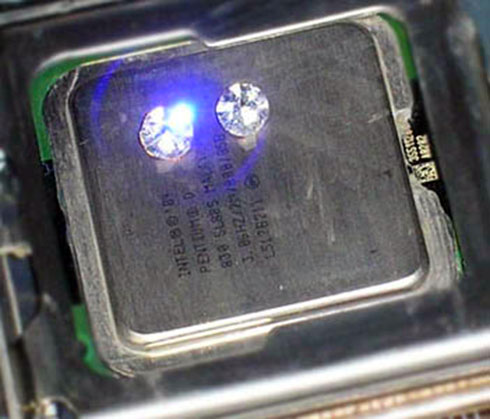
Who could not love the tender glow of a Nixie display? It isn’t a new concept for them to be used in clocks, and usually it’s how they are housed or encased for display that sets them apart. [crazy_phisic] did the near impossible by building his Nixie clock almost entirely inside of a glass bottle. The circuit boards and logic components were soldered outside, but the final combination of parts (sometimes requiring specialty homemade tools) were assembled inside. We wonder how long it took him from start to finish after learning boats in bottles can take from minutes to months. The original post is in polish, but if you want to find out more there is a Google translation.
[via Semageek]















